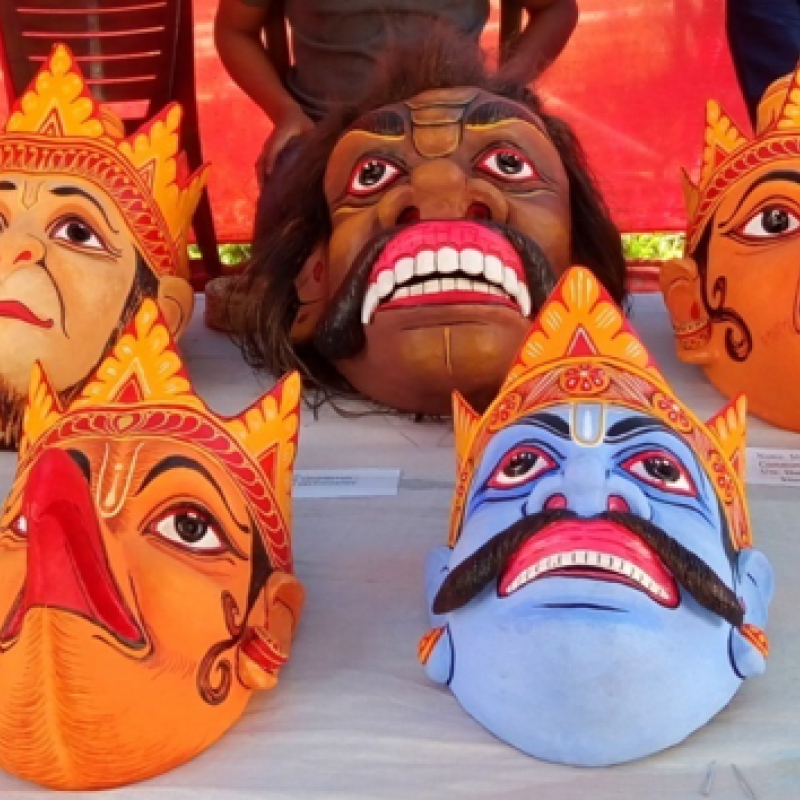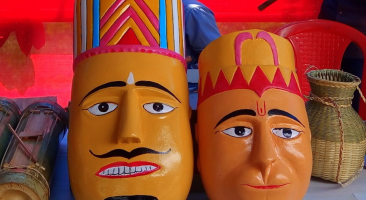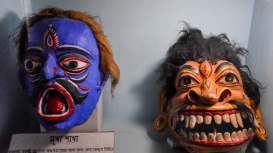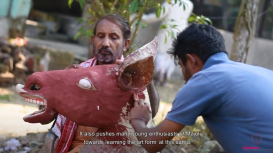The five-hundred-year-old mask-making tradition of Assam is a unique specimen of the region’s culture and heritage. Srimanta Sankardeva, the great socioreligious reformer of medieval Assam, was the pioneer behind the emergence and growth of this craft in the fifteenth century. The mask tradition was introduced in his theatrical performances called ankiya naats (commonly known as bhaona) to make the characters and their peculiarities more identifiable to the common audiences. The sattra (Vaishnavite monasteries), being the place of origin of this culture, played a vital role in the advancement of this craft. Sankardeva established the sattras to preserve and promote the ideologies of the Neo-Vaishnavite movement and initiated the mask tradition among his followers as a cultural means to expand the teachings and values of Vaishnavism through entertainment. In contemporary times considering the sustainability of this tradition, the craftsmen/artists have introduced some changes in the traditional method of mask making, without compromising on its aesthetics, by expanding its horizon beyond mere dramatic manifestation. Nevertheless, the craft has yet to receive its due honour and popularity in the cultural purview of both Assam and India, an effort which would require the collective support of all sections of society.

Akhyai Jyoti Mahanta
Akhyai Jyoti Mahanta hails from the Jorhat district of Assam, and is a postgraduate student of Sociology at Tezpur Central University. His research interest lies in the sociocultural issues of Assam.



